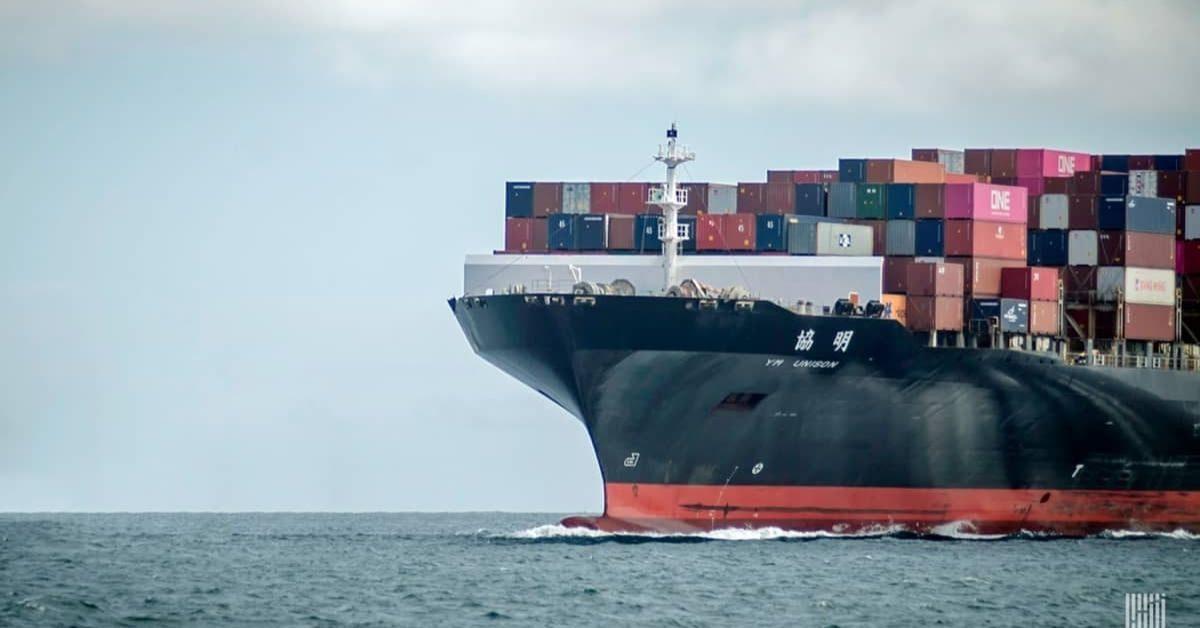Several of the world’s shipping lanes, including the Suez and Panama Canals, are at risk of disruption from climate change-related perils, a new report from global broker Marsh and climate risk analysis firm Cross Dependency Initiative (XDI) finds.
An increase in coastal inundation – where the sea level rises high enough to flood infrastructure – and extreme heat are among the effects of climate change likely to have a significant impact on waterways that are vital for global trade, the report says.
Taking the Suez Canal as a case study, the report modelled risks at four ports and along the canal waterway in 2020, 2050 and 2100, based on a global average temperature increase of 3.7°C above pre-industrial levels.
According to the model, the Suez Canal Container Port in the north has the highest exposure to physical climate-related risks and may see these double between 2020 and 2100, driven largely by coastal inundation. The three other ports will also be affected to varying degrees, with risks to infrastructure and port operations, including the loading of cargo.
The report also modelled extreme wind and heat events, finding that extreme wind events would increase marginally over the century. Extreme heat events reaching 45°C are likely to double by 2050 and increase seven-fold by 2100. Consequences of high temperatures include changes to sea salinity and density, which in turn influences engine cooling on ships, while dryer soil can make sandstorms more likely, with the potential to affect visibility.
Global attention turned to the Suez Canal and its effects on supply chains last year when one of the world’s largest container ships, the Ever Given, got wedged and blocked the waterway while trying to contend with strong winds.
“The Ever Given event has demonstrated how weather events can threaten critical trade routes, disrupting canal operations and global supply chains,” the report says.
Egypt’s coastal shoreline and the Nile Delta are particularly at risk from rising sea levels, while the country is also likely to see an increase in desertification and drought, as well as in the intensity and frequency of sandstorms and dust storms.
Nick Faull, head of climate and sustainability risk at Marsh, says: “While reaching a 1.5° Celsius Paris-aligned climate scenario will reduce the impact of the physical climate risks on these routes, greater resilience to these threats should be embedded into future infrastructure planning to limit critical dependencies and preserve critical supply chains in the long term.”
“We are in the situation now where further escalation of extreme weather from climate change is locked in, so understanding the risks that poses to existing and future infrastructure is critical to economic and social stability,” adds Rohan Hamden, CEO of XDI.
Significant changes in the Suez Canal’s infrastructure could be required to enable its resilience as the effects of climate change worsen, the report says. The report suggests several physical measures to mitigate the risks, including raising or hardening the banks or widening the canal. Capital for these measures could be provided by government (co-) sponsorship, direct-to-market bonds issues by the state-owned Suez Canal Authority or pension funds, it adds.








